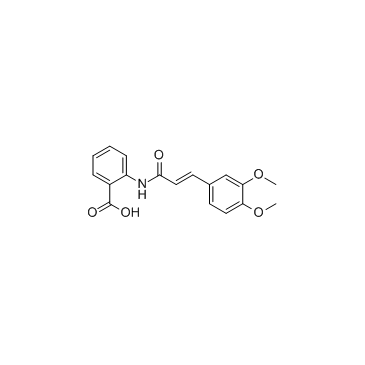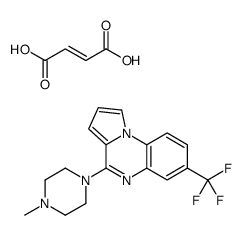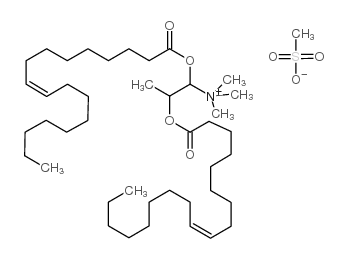| Structure | Name/CAS No. | Articles |
|---|---|---|
 |
sodium carbonate
CAS:497-19-8 |
|
 |
Hydrocortisone
CAS:50-23-7 |
|
 |
Deferoxamine (mesylate)
CAS:138-14-7 |
|
 |
Tranilast
CAS:53902-12-8 |
|
 |
CGS-12066 maleate
CAS:1350965-83-1 |
|
 |
DOTAP Transfection Reagent
CAS:144189-73-1 |